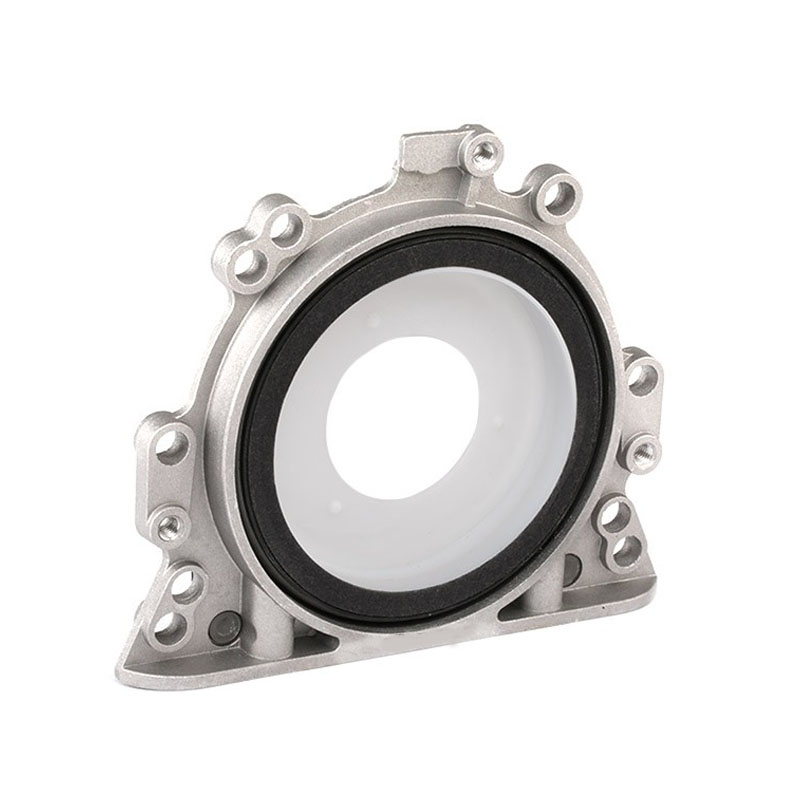Transmission Rear Seal Leakage Troubleshooting and Repair Tips for Vehicle Owners
Understanding Transmission Rear Seal Leaks Causes, Symptoms, and Solutions
The transmission rear seal plays a crucial role in the overall functionality of a vehicle’s transmission system. Located at the rear of the transmission, this seal is designed to prevent transmission fluid from leaking out of the housing. Unfortunately, like many components in a vehicle, it can wear out over time. A rear seal leak can lead to significant problems if not addressed promptly.
Causes of a Rear Seal Leak
Several factors can contribute to a rear seal leak. One of the most common causes is wear and tear due to normal aging. Over time, the rubber or material that comprises the seal can degrade, lose elasticity, and ultimately begin to crack. Exposure to extreme temperatures and harsh driving conditions can accelerate this process.
Another factor that may lead to a rear seal leak is improper installation. If the transmission is removed and reinstalled improperly, it can cause undue stress on the seal, leading to premature failure. Similarly, if the transmission experiences excessive movement—perhaps due to worn or damaged engine and transmission mounts—this can place stress on the rear seal, making it more susceptible to leaks.
Additionally, high transmission fluid pressure can also cause leaks. If the transmission is overfilled or if the fluid is contaminated with debris, it can lead to increased pressure that forces fluid past the seal. Regular maintenance and checking fluid levels can help circumvent this issue.
Symptoms of a Rear Seal Leak
Identifying a rear seal leak early on can save car owners a significant amount of money in repairs and maintenance. One of the most obvious signs of a leak is the presence of red or brown fluid pooling under the vehicle where it is parked. Transmission fluid typically has a distinctive smell and is usually vibrant red in color.
rear seal on transmission leaking

Another symptom to look out for is a noticeable drop in transmission fluid levels. If you find that you are frequently refilling the transmission fluid, it may be indicative of a leak somewhere in the system. Additionally, drivers may experience erratic shifting or delayed engagement when shifting gears, which could also be a sign that the transmission isn’t receiving enough fluid due to a leak.
Whining or grinding noises when shifting gears may also indicate potential transmission issues related to low fluid levels
. If any of these symptoms arise, it’s essential to investigate the source immediately.Solutions for a Transmission Rear Seal Leak
Addressing a rear seal leak typically requires the replacement of the seal itself. Although this process can be labor-intensive, especially if the transmission must be removed to access the seal, it’s crucial for maintaining the health of the vehicle’s transmission.
Before proceeding with a repair, a thorough inspection should be performed to ensure that the leak is indeed from the rear seal and not from another source. Sometimes, the crossroad of various components may lead to confusion over the origin of the leak.
In certain cases, some mechanics may recommend using a seal conditioner additive. While this approach may provide a temporary fix for minor leaks, it does not substitute for a complete seal replacement and should not be relied on long-term.
Ultimately, regular transmission maintenance is vital in preventing rear seal leaks and other transmission issues. This includes monitoring fluid levels, changing the transmission fluid as recommended by the manufacturer, and having the transmission inspected periodically.
In conclusion, understanding the role of the transmission rear seal, recognizing the symptoms of a leak, and knowing how to address the issue can save vehicle owners time, money, and potential transmission damage. If you suspect a rear seal leak, it's best to consult with a professional mechanic who can provide a comprehensive diagnosis and solution. Taking proactive steps can lead to a smoother and more reliable driving experience.
-
Understanding the Front Main Engine Seal: Purpose, Maintenance, and Installation
News Jul.29,2025
-
Understanding O-Rings and Seal Rings: Types, Applications, and Custom Solutions
News Jul.29,2025
-
Understanding Crankshaft Oil Seals: Rear Seals, Pulley Seals, and Their Role in Engine Integrity
News Jul.29,2025
-
The Importance of Front and Rear Crankshaft Seals in Engine Performance and Oil Management
News Jul.29,2025
-
Crank Oil Seals: Functions, Types, and Cost Considerations in Engine Maintenance
News Jul.29,2025
-
A Comprehensive Guide to O-Rings and Seals: Types, Materials, and Global Applications
News Jul.29,2025
-
Mastering Diesel and Performance Engine Maintenance: A Guide to Critical Oil Gaskets
News Jul.28,2025
Products categories















